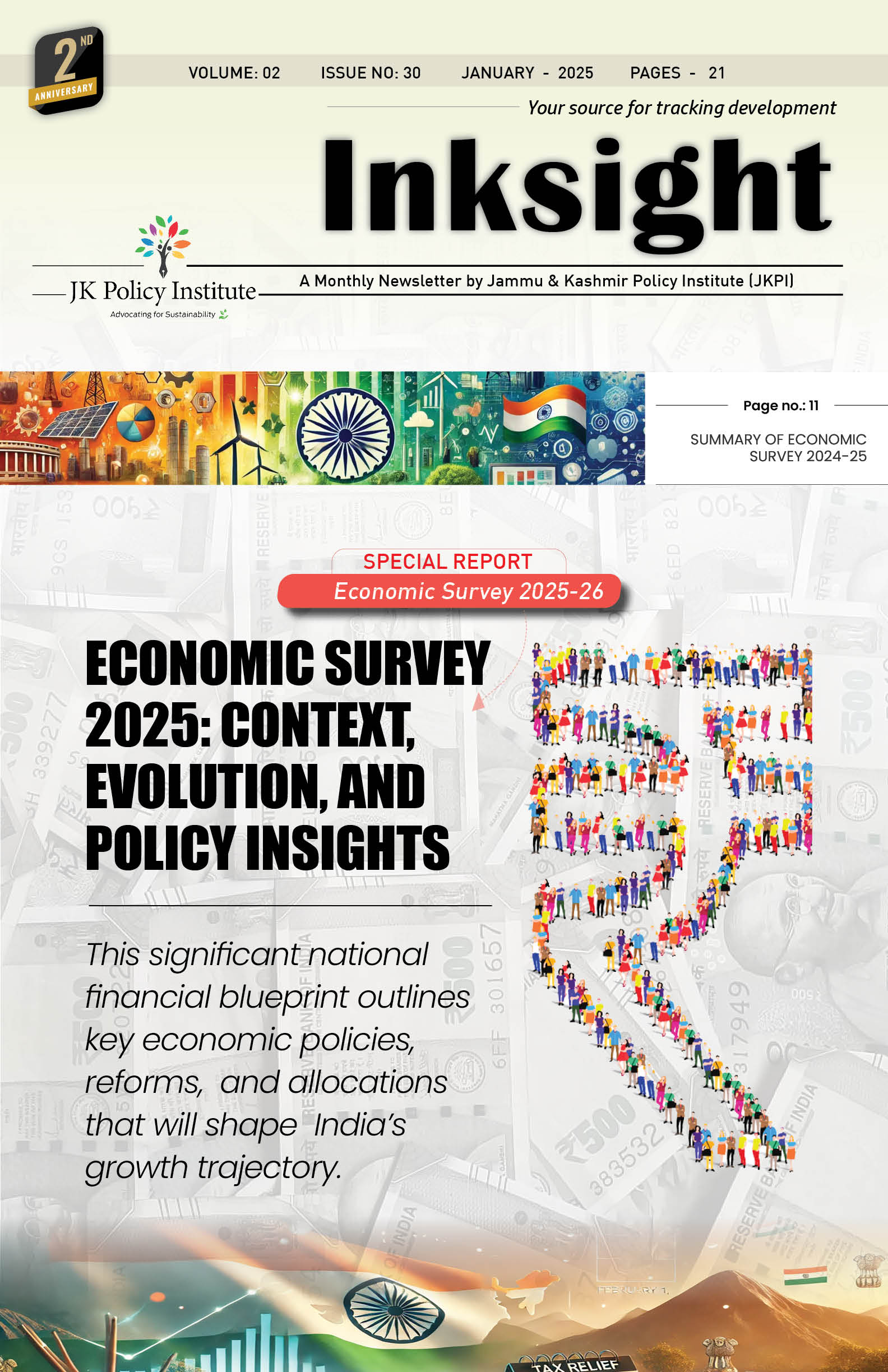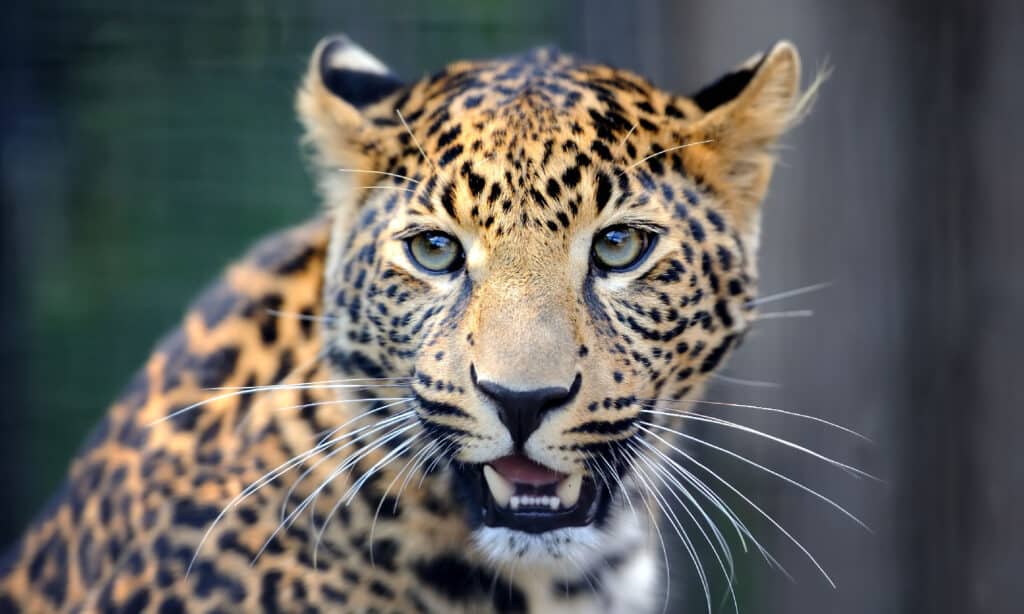Human-wildlife conflict (HWC), recognized as a global concern in the UN Convention on Biological Diversity’s post-2020 global biodiversity framework, occurs when interactions between humans and wildlife lead to negative consequences, such as the loss of property, livelihoods, and even life.
The long-term survival of protected and endangered wildlife is at risk from human-wildlife conflict. Defensive and retaliatory killing may eventually drive these species to extinction. These encounters result in distress to both people and wildlife immediately impacted by the conflict. They can also have a global reach, with organizations such as sustainable development agencies and businesses feeling the residual effects. The scope of this issue is, thus, significant and truly worldwide. However, we are nowhere near being able to address it at the scale needed.
Human-wildlife conflict in Kashmir valley
As the human population and demand for space continue to grow, coupled with agricultural expansion, infrastructure development, climate change, and other drivers of habitat loss, people and wildlife are increasingly interacting and competing for resources, as a result, the human-wildlife conflicts are becoming more frequent, serious, and widespread. This scenario is playing out all across Jammu and Kashmir and leading to tragic consequences.
“The two most pressing man-animal conflict situations that plague human spaces in Kashmir region, today, involve black bears and leopards. Although conflict is not a new phenomenon in the world, and in Jammu and Kashmir too, it has certainly escalated greatly in the past few years,” reads a statement from the Department of Wildlife Protection Kashmir.
In the last decade, there has been a striking rise in cases of HWC in the Valley. Official figures reveal that nearly 200 people lost their lives and over 2,000 were injured in human-wildlife conflict across Jammu and Kashmir since 2011. Himalayan black bears and leopards constitute wildlife that results in most conflicts in the Valley. In the last three months, the Kashmir region has witnessed 895 incidents where humans have had negative interactions with wildlife.
In 2008-2009, 25 people were killed and 342 injured by bears in the Valley. According to the Jammu and Kashmir Department of Wildlife, this number reached 40 and 562 respectively by 2011-12. Approximately 25% of forest divisions in the erstwhile state of Jammu and Kashmir have reported bear-human conflict.
Kashmir reported 118 deaths and 1,877 injuries while Jammu accounted for 78 deaths and 448 injuries. In 2011-12, at least 32 people were killed and 365 were injured according to official records. In 2012-13, records have shown that 16 deaths and 305 injuries occurred due to HWC while in 2013-14, 32 deaths and 369 injuries were reported.
The appearance of wild animals, particularly wild bears and leopards, has been regular now. Not only near communities that surround the forests but neo-colonies that have come up in both urban and rural areas. In the past few decades, there have been regular instances when leopards, bears, or other wildlife have sneaked into residential areas, creating panic and fear among the residents.
The body of a girl, 6, was found on September 17, hours after she was picked by a leopard and taken along in a forest area in the Gawashar area of Bijhama Uri in north Kashmir’s Baramulla district. This was the fourth such incident in Uri this year. Recently, the incident of a black bear, with a cub, attacking locals in the posh Raj Bagh area shocked people to their core. The bear was later apprehended after a 21-hour chase. However, the residents continued to be terrified at the thought of a wild animal visiting the city center.
There have also been occurrences of wild animals harming livestock in various regions of the Valley. Wild cats have picked up poultry, pets, sheep, and goats while bears have gorged on fruit and beehives with ease. The last few months witnessed dozens of cases when animals came in contact with humans, inflicting severe injuries on each other.

Impact of HWC on the ecosystem
Along with other threats, the human-wildlife conflict has driven the decline of once-abundant species while pushing others to the brink of extinction. But this conflict has far-reaching impacts; beyond the wildlife and communities directly affected by it. With such conflict revolving around the interaction between wildlife and humans, the coexistence of both species is linked and important to sustainable development. If not effectively managed, the human-wildlife conflict has the potential to negatively affect all activities and conservation in a much wider sense.
Wildlife and communities that live near jungles are directly affected by human-wildlife conflict. While this conflict can result in the decline and potential obliteration of species, communities, on the other hand, can experience financial losses, and threats to health and safety, food security, livelihoods, and property. The costs of living with wildlife are unevenly distributed and disproportionately fall on communities that often face systemic barriers, have access to few economic opportunities, and live with incomes below the poverty line. On the other hand, the global community benefits from healthy wildlife populations and ecosystems that provide food, allow us to survive, and enable livelihoods.
Thus, human-wildlife conflict is as much a development and humanitarian issue as it is a conservation concern. It affects the income of farmers, shepherds, and fishers – especially those with incomes below the poverty line. In addition to causing direct losses to communities, human-wildlife conflict indirectly affects people all over the world. The pressure it puts on the global supply chain and the production of agricultural goods eventually leads to food insecurity and decreased productivity.
Recommendations
Current strategies don’t match the scale of the problem. Management measures are often implemented stepwise, chiefly with just a conservation focus. There is a lack of coordinated and competent support from other sectors and organizations that are affected despite the issue being so widely distributed in nature. Efforts to assess and manage complex human-wildlife conflicts require collaboration across disciplines and sectors. For example, collaborations could involve conservation practitioners, community leaders, governments, researchers, businesses, and other stakeholders; and need expertise in ecology, social psychology, economics, peacebuilding, and environmental law.
Zimmermann et al. 2020
- Human-wildlife conflict will always exist as the world becomes increasingly crowded. However, effective and well-planned management, as well as holistic and unified approaches can minimize conflict in the long term. Such management strategies can create opportunities and benefits for biodiversity and impacted communities while sustainable development, production, and the global economy at large would be benefited too. Global cooperation and resources to address the issue are also required.
- In order to reduce human-wildlife conflict, we have to reassess the relationships, especially the direct interactions, between people and wildlife for improving our coexistence in the future. We need to take up approaches that identify and target the deeper, underlying causes of conflict.
- Developing systemic, context-specific solutions should be our aim, all the while, including the affected communities as active and equal participants in the process.
- Awareness programs have to be conducted, especially targeting people sharing space with wild animals, like leopards and black bears, in human-dominated landscapes like abandoned sheds, orchards, vegetation thicket regions, etc. The local communities living in forest-dominated areas must also be made aware.
A new WWF-led report; ‘A Future for All: The need for human-wildlife coexistence’, was spurred into motion because of the need to elevate the issue globally, and unlock partnerships and resources to reduce human-wildlife conflict. This report is the outcome of international, multi-organizational collaboration and looks into the complexities of human-wildlife conflict, methods to sustainably manage and reduce it, and move towards coexistence with wildlife – all while employing different partners through a call to action.
References:




Leave a Reply
You must belogged in to post a comment.